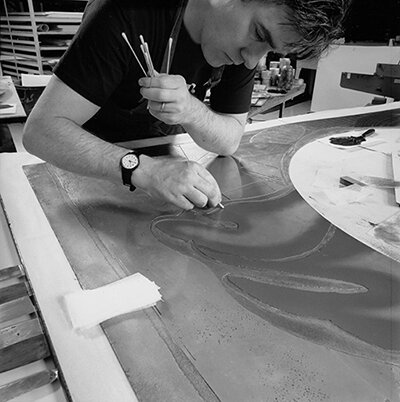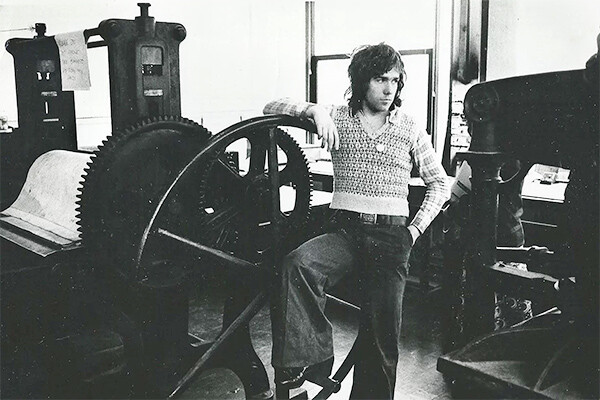308
308
2015
photopolymer print image: 8⅞ h × 7 w in (23 × 18 cm) sheet: 14⅞ h × 12 w in (38 × 30 cm)
photopolymer print image: 8⅞ h × 7 w in (23 × 18 cm) sheet: 14⅞ h × 12 w in (38 × 30 cm)
estimate: $2,000–3,000
result: $1,625
follow artist
Signed, dated and numbered to lower edge of each work ‘PP 2/2 Kiki Smith 2015’. These works are printer's proof 2 of 2 apart from the edition of 9 with hand additions published by the artist.
provenance: Collection of Anthony Kirk
This work will ship from Rago in Lambertville, New Jersey.























